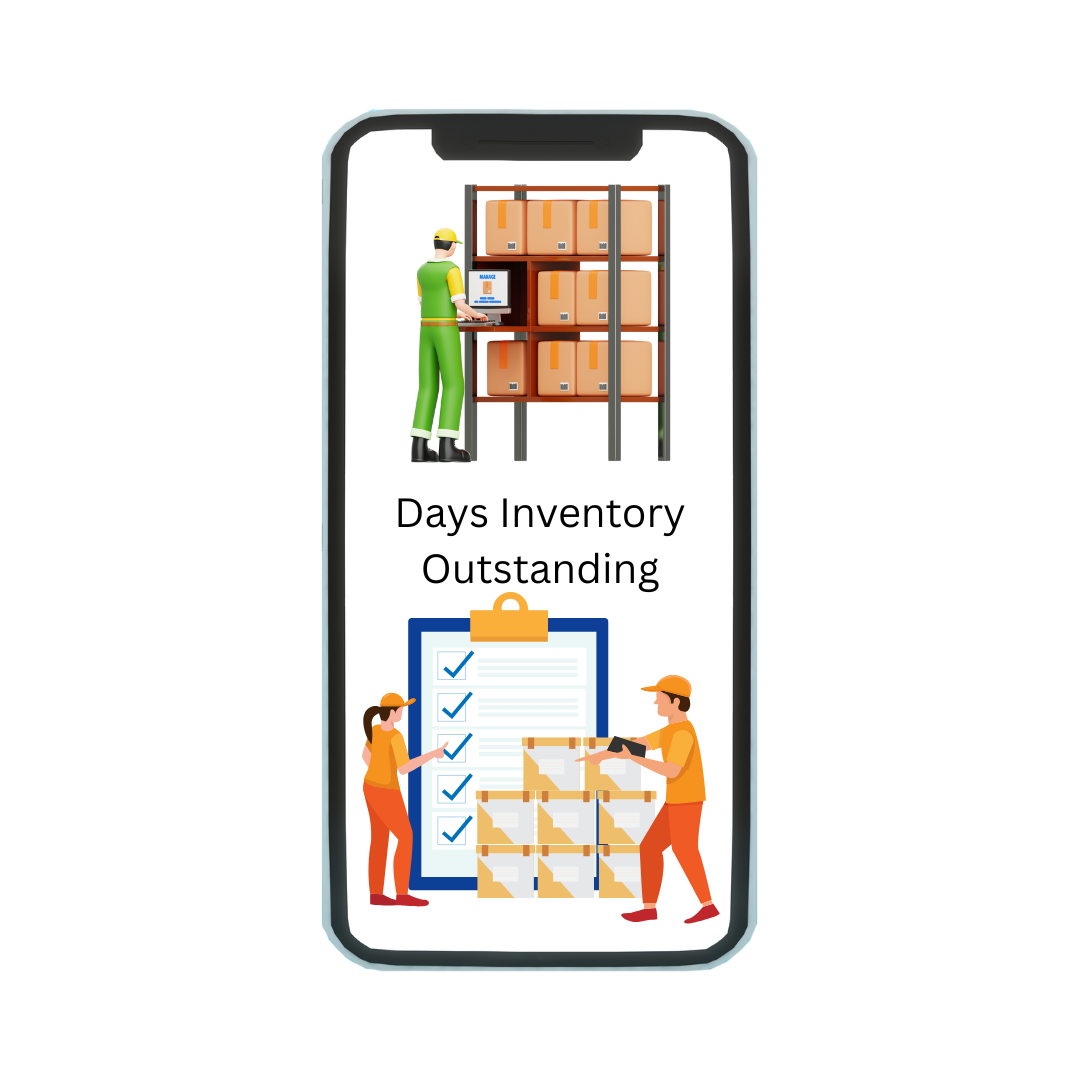Meaning of Terminal Value
Terminal Value is the estimated value of a business beyond the forecast period. It is very important part of the financial model, as it typically makes up a large percentage of the total value of a business. Usually the terminal value contributes around three quarters of the total implied valuation.
Terminal Value usually assumes that the business will grow at a set growth rate forever at the forecast period. Terminal Value often comprises a large percentage of the total assessed value. Terminal Value determines company’s value into perpetuity beyond a set forecast period.
Discounted Cash Flow model is used to calculate the total value of the business. The two methods use to calculate terminal value are perpetuity growth and exit multiple.
Let us understand each of them in detail
1. Perpetuity Growth Model
The Perpetuity Growth Model assumes that the growth rate of free cash flows in the final year of the initial forecast period will remain constant indefinitely in the future. Although the projection cannot be completely accurate company grows at exactly the same rate. It is based on the company’s historical performance. The perpetual growth model usually renders a higher terminal value than the alternative exit multiple model. To overcome the difficulties of the limitations, investors can assume that cash flows will grow at a stable rate forever, starting at some point in the future.
Formula,
TV = (FCFn *(1+g))/(WACC-g)
Where:
- TV = terminal value
- FCF = free cash flow
- n = year 1 of terminal period or final year
- g = perpetual growth rate of FCF
- WACC = weighted average cost of capital
2. Exit Multiple Model
The exit multiple model estimates cash flows by using a multiple of earnings. Sometimes equity multiples such as price to earnings ratio are used to calculate terminal value. The most commonly used multiple is EV/EBITDA. The method assumes that the value of a business can be determined at the end of the projected period or an exit based on the existing public market valuations of comparable companies within an industry.
The formula to calculate the terminal value is
[FCF * (1+g)]/(d-g)
Where:
FCF = Free cash flow for the last forecast period
G = terminal growth rate
D = discount rate (which is usually the weighted average cost of capital)
What Does Negative Terminal Value Mean?
A negative terminal value would be estimated if the cost of future capital exceeded the assumed growth rate. In practice, however negative terminal valuations cannot exist for very long. Whenever an investor comes across a firm with negative net earnings relative to its cost of capital, it’s probably best to rely on other fundamental tools outside of terminal valuation.
Disadvantages of Using a Terminal Value
There are multiple limitations associated with terminal value formulas. For the terminal multiple method, its important to remember that terminal multiplies are dynamic and change over time. When it comes to the perpetuity growth model, it’s tough to protect an accurate rate of growth. At the same time, any assumed values used in the formula can lead to inaccuracies with your terminal value calculation.
Why is Terminal Value Used?
When you are build1ing a Discounted Cash Flow/ DCF model, the two important components to be considered are
- Forecast period
- The terminal value
The forecast period is typically 3-5 years for a normal business because this is a reasonable amount of time to make detailed assumptions. Anything beyond that becomes a real guessing game, which is where the terminal value comes in.
Relevance and Uses
- Use in a financial tool like the Gordon growth method.
- To calculate discounted cash flow examples of the same we have seen above.
- To calculate residual earnings




